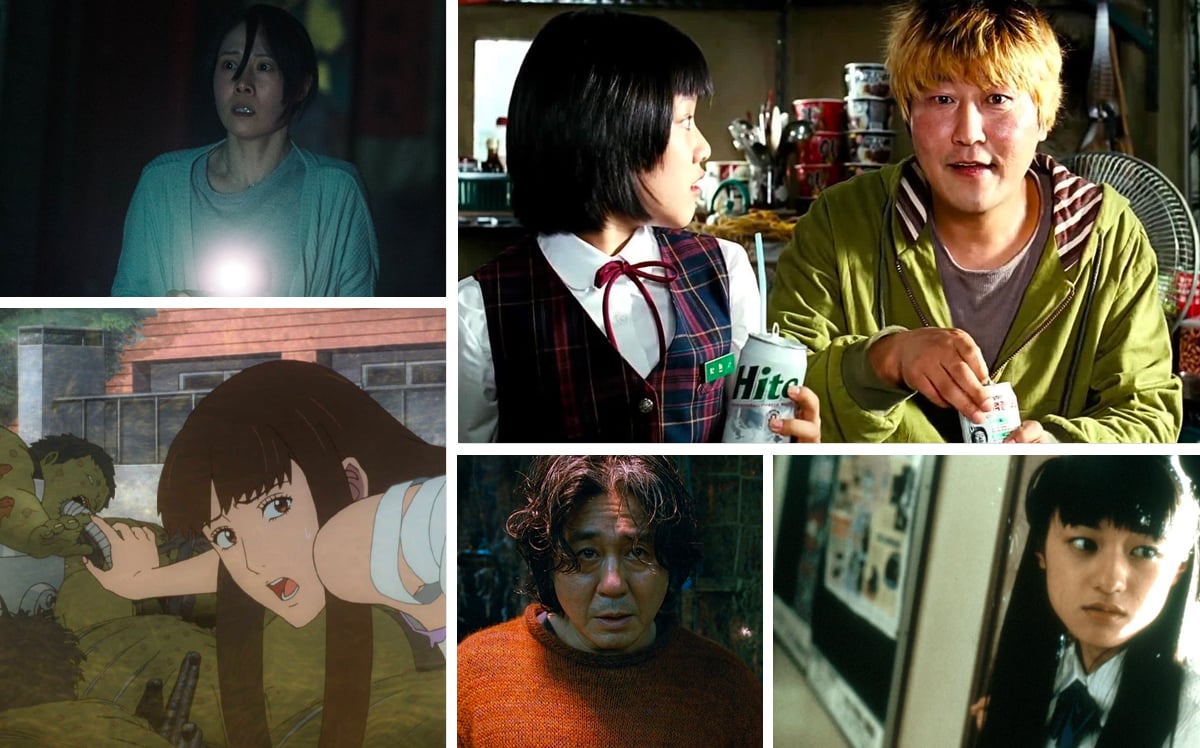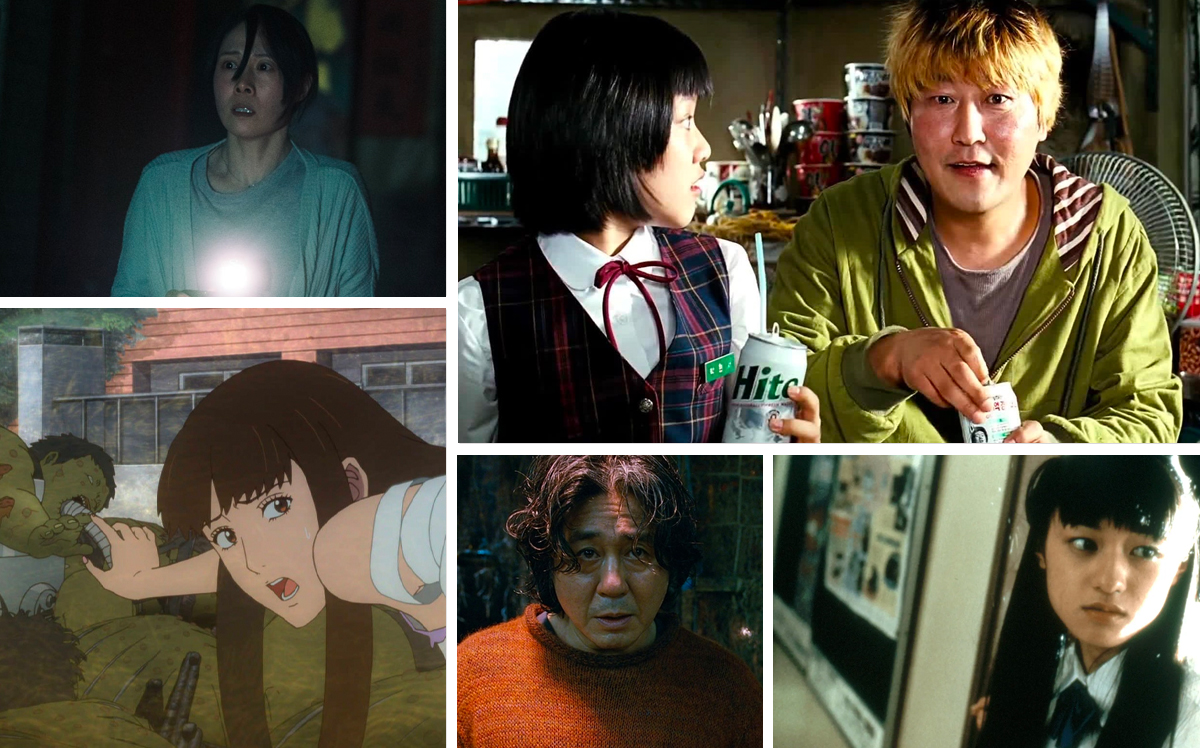
In my humble opinion, East Asian horror has Western horror beat. Western—and particularly American—horror has always favored blood, guts, gross-outs, and jump scares over truly sublime terror (with some exceptions). The West also tends toward overkill (no pun intended), producing films that are downright sickening. Asian horror films, however, tend to favor subtlety, atmosphere, and the psychological ramifications of the supernatural and the abhorrent. So without further ado, let’s dive into some of the best East Asian horror movies of all time.
I Saw the Devil
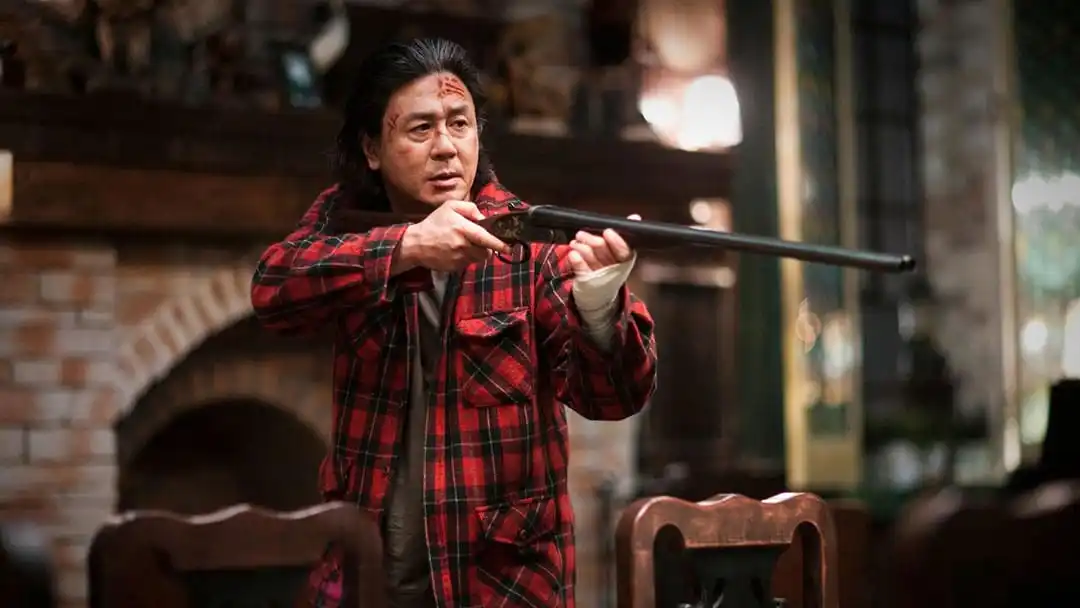
While some may argue that I Saw the Devil is more of a thriller, I would say that the deeper psychological statements that it makes bring it closer to the realm of horror. In the opening of the film, a pregnant young woman named Jang Joo-yun (Oh San-ha) has become stranded on the side of a deserted road on the outskirts of Seoul. She is approached by Jang Kyung-chul (Choi Min-sik), a school bus driver who offers to fix her flat tire.
Kyung-chul proceeds to beat Joo-yun unconscious, kidnap her, and dismember her in his home. Little does he know that her fiancé, Kim Soo-hyun (Lee Byung-hun), is an officer in the National Intelligence Agency. After finding Joo-yun’s remains in a stream, Soo-hyun vows to take brutal revenge on the killer. And my god, brutal is an understatement.
The film is a thrilling cat-and-mouse game between Kyung-chul and Soo-hyun, punctuated by some of the most stomach-churning violence I’ve ever seen on film. I’m linking the infamous “taxi scene” here so you can see what I mean. However, the true horror of this film lies in the psychological ramifications of grief and revenge. When you stare into the eyes of the abyss, the abyss stares back—something that Kim Soo-hyun finds out the hard way.
Kairo
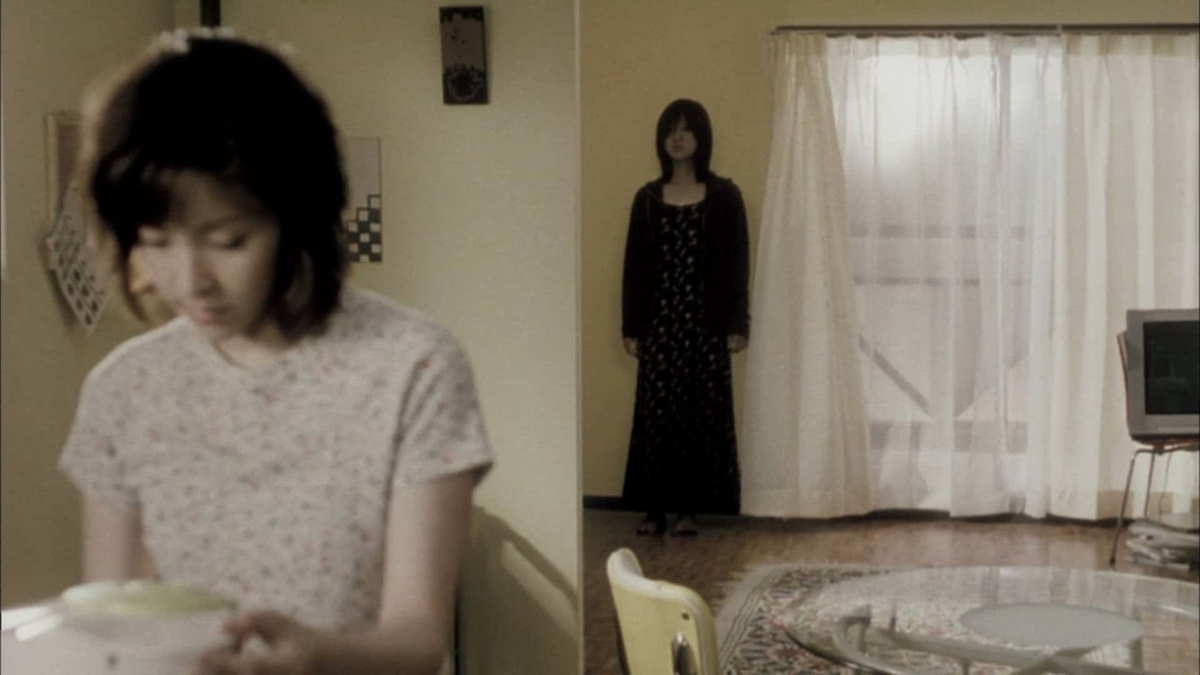
Known as Pulse to Western audiences, this J-horror film is about ghosts invading the world through the internet, and it’s an absolute masterclass in atmospheric horror. Kairo also contains the most legitimately terrifying scene that I have ever witnessed in any horror movie, ever—and I’ve seen a lot of horror.
The scene in question occurs when plant shop employee Toshio Yabe goes to the apartment of a co-worker who has been missing for days. In the apartment complex, he encounters a room sealed off with red tape and enters it (mistake). Inside, he encounters the ghost of a woman standing in the shadows at the end of the hallway. Typing that phrase actually gave me chills, because this is one of the rare scenes in horror where the scary thing gets scarier the more you look at it. (I can count on one hand how many times I’ve experienced this.)
Most horror movie scares, especially in the West, rely on atmosphere and tension before you see the object of horror. Example: Late at night the teenage babysitter hears a floorboard creak in the hallway upstairs. Thinking it’s the kid she’s babysitting, she calls out for the child to get back in bed. No response. She goes up the stairs and calls out again, but she is met with only silence and darkness. She walks slowly down the shadowy hallway and enters the child’s room. It’s empty. She turns around and boom—there’s the killer with the knife. She screams. We scream. We reach the apex of our terror upon the discovery of the object of horror.
In Kairo‘s case, the discovery of the object of horror is only the beginning. Yabe encounters the ghost, it’s freaky, and then the ghost starts walking in slow motion towards him, and it is sheer agony to watch. I won’t spoil it, but it gets worse from there. Scares aside, Kairo also paints a unique portrait of the after-effects of a horrific situation. Yabe is so traumatized by his encounter with the ghost that he actually falls into a depression. This true-to-life response to trauma grounds the film with an emotional weight that I have not seen in any horror movie since.
Gyo
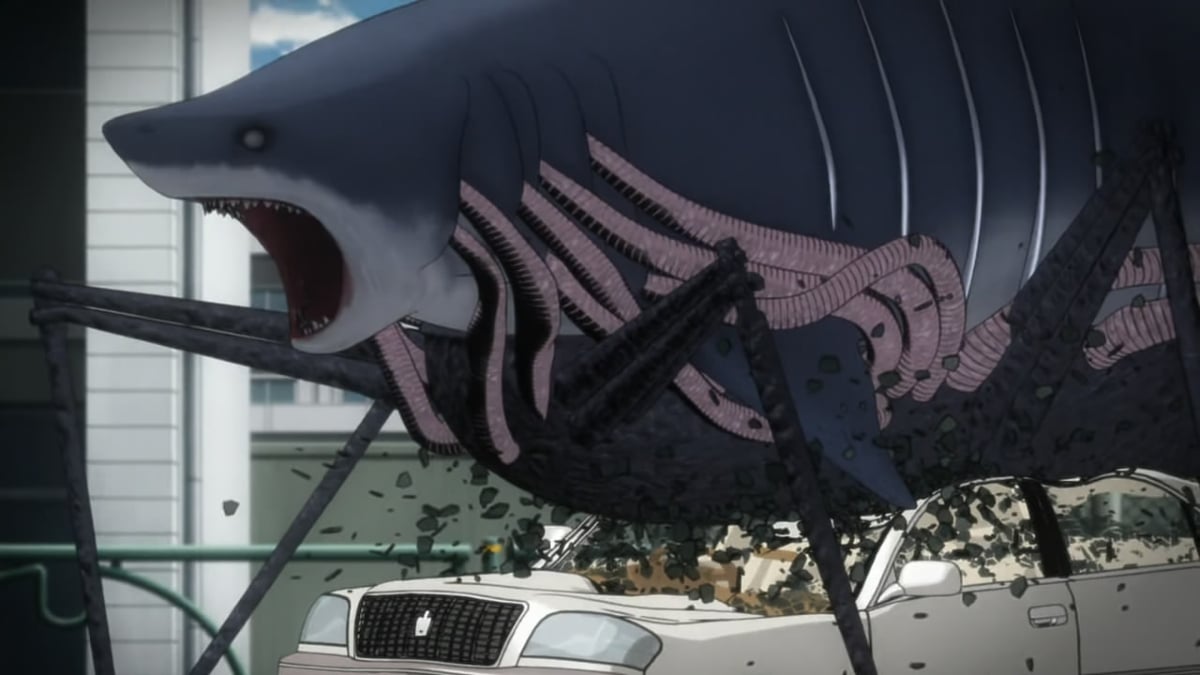
While most of the finest horror films are live-action, I would be remiss if I didn’t mention the triumphantly terrifying anime adaptation of a manga from the twisted mind of Junji Ito. Gyo (Japanese for “fish”) is perhaps the most infernally creative horror film on this list. The premise is this: One day, Japan is invaded by fish on robot legs. Like most anime, it sounds wacky on paper, but the result is a hideous menagerie of horror that will leave viewers sickened. My stomach is turning as I write.
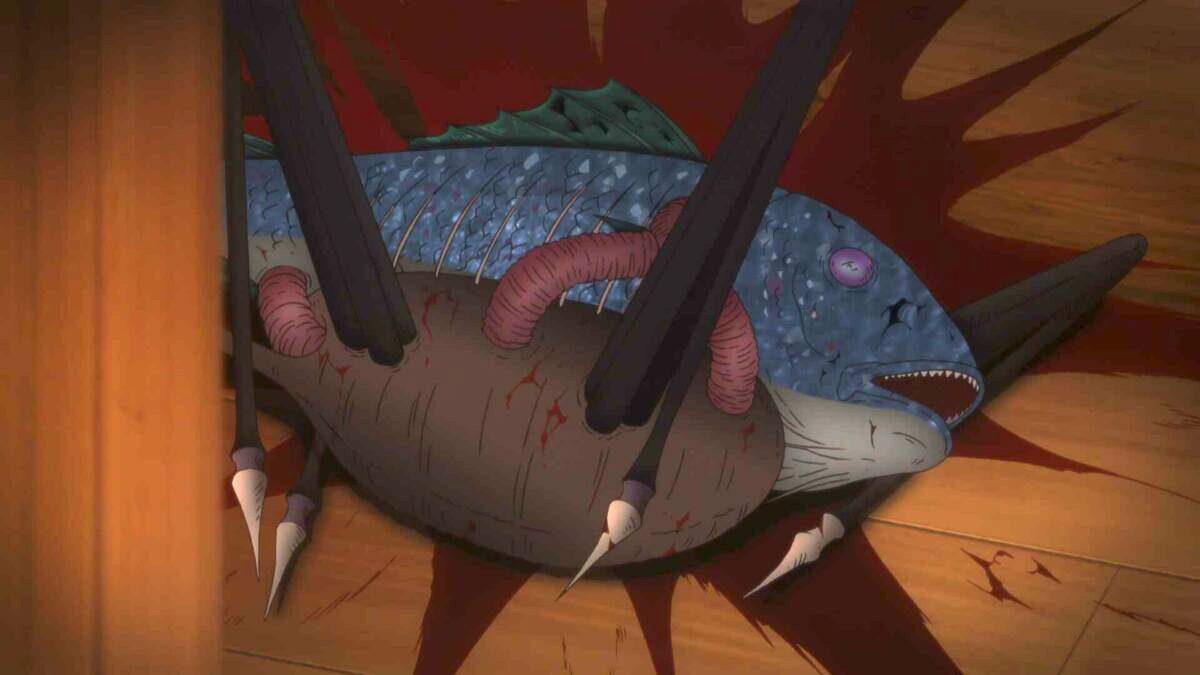
If deep sea fish on legs weren’t bad enough, the fish also release a “death stench,” a putrid smell of rotting flesh that begins to cover Japan. And there are millions of fish. It’s disgusting. The worst part? Whatever happened to the fish to make them bloat up and release a noxious gas begins happening to humans, too. Without going too deep into spoilers, the film is also an allegory for the devastating effects of weapons of mass destruction. Those fish didn’t put robot legs on themselves, after all.
The Wailing
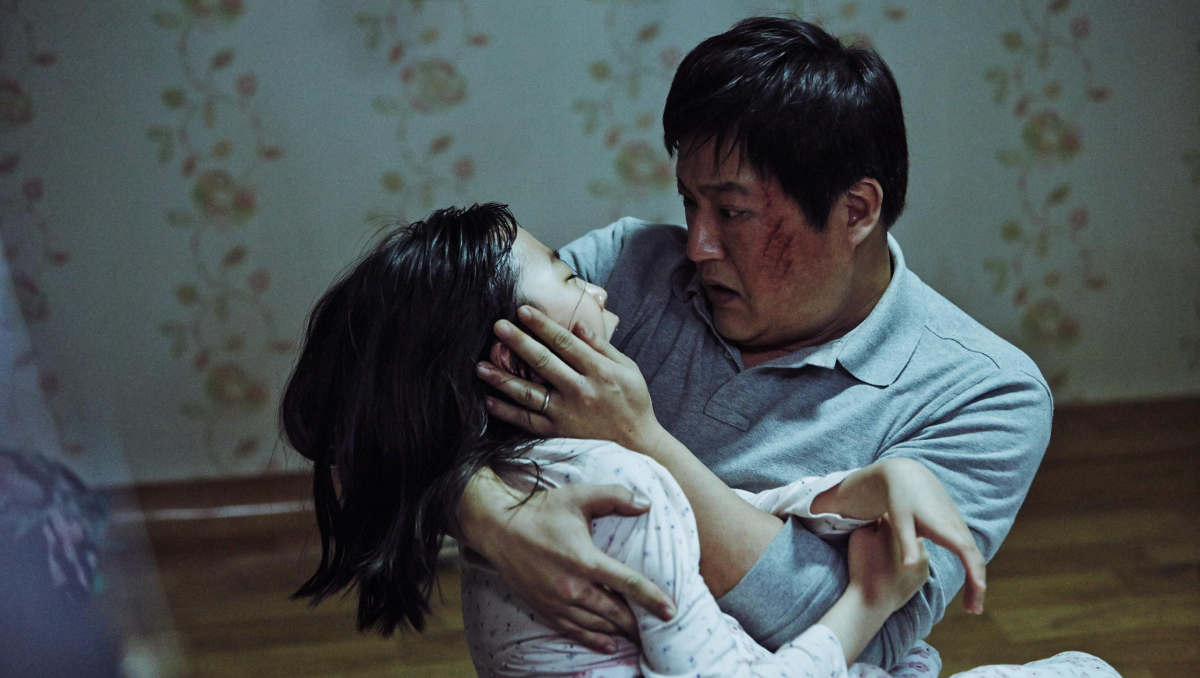
Like Kairo, The Wailing is an emotionally devastating film. When a Japanese stranger arrives in a small mountain village in South Korea, a mysterious sickness begins infecting villagers, causing them to become homicidal and murder their families. At the crime scene of a particularly brutal killing, a local police detective named Jong-goo encounters a mysterious woman named Moo-myung (which translates to “no name” in Korean). Moo-myung tells him that the stranger is a ghost and is responsible for the killings.
The Wailing is a brilliant allegory for racism and the demonization of foreigners in small-town societies. Given South Korea’s complicated historical relationship with Japan, the film draws on real-world prejudices to make the narrative feel more potent. The masterful performances of Kwak Do-won as the police detective and Jun Kunimura as the stranger only add to the dramatic tension. The film goes so far as to say that racism itself is a poison that kills everyone it touches, a sentiment that will no doubt resonate with Western viewers.
The Host
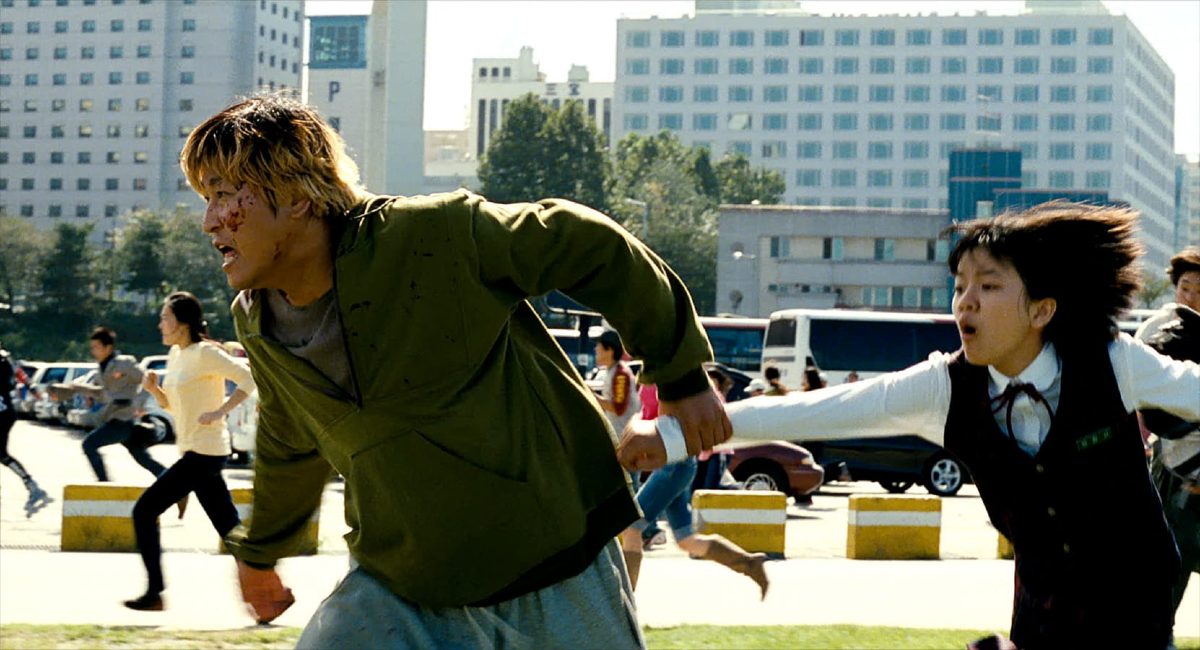
Bong Joon-ho’s The Host is a monster movie—an honest-to-god creature-feature, and a damn good one. Years after an American military pathologist ordered his Korean assistant to dump their laboratory’s entire supply of formaldehyde down a drain and into the Han river, the inhabitants of Seoul begin to see a strange amphibious creature lurking in the water.
Meanwhile, a snack shop owner named Park Gang-du (Song Kang-ho), his daughter Hyun-seo, and his immediate family set up shop near the Han in order to improve their business. One day, the creature emerges from the river and begins attacking and devouring people. Gang-du tries to escape with his daughter, but she is grabbed by the creature and dragged underwater. It is revealed that the creature is capturing people and storing them in the sewers below Seoul in order to eat them later, pitting Gang-du and his family in a race against time.
The creature—the titular host—is one of the most creative and grotesque monsters in recent memory. Part fish, part salamander, and part frog, the monster is a spine-tingling chimera of nature’s slimiest critters. It’s gross. It’s scary. And best of all, it isn’t evil. It is simply an animal trying to survive in a world that wants to destroy it. The film is a sharp allegory for the effects of unchecked pollution and will make any viewer think twice before pouring iffy substances down the drain.
Train To Busan

Zombie movies make us gag. They make us quake. They make us scream. But do they ever make us cry? Before there was an HBO version of The Last of Us to jerk tears from our eyes, there was Train to Busan. Directed by Yeon Sang-ho, Train to Busan is a zombie horror/action/drama about a workaholic father who boards the titular train to take his young daughter on a birthday trip to visit her mother. But what does the poor little girl get for her birthday instead? The zombie apocalypse. After an infected woman enters the train just before it leaves the station, the passengers on board find themselves fending off the zombie menace. And these are the WORST kind of zombies, the running kind. Aside from being a top notch thriller, Train to Busan also serves as poignant social commentary about the nature of selflessness and sacrifice. And yes, the ending will make you sob little baby tears.
Incantation
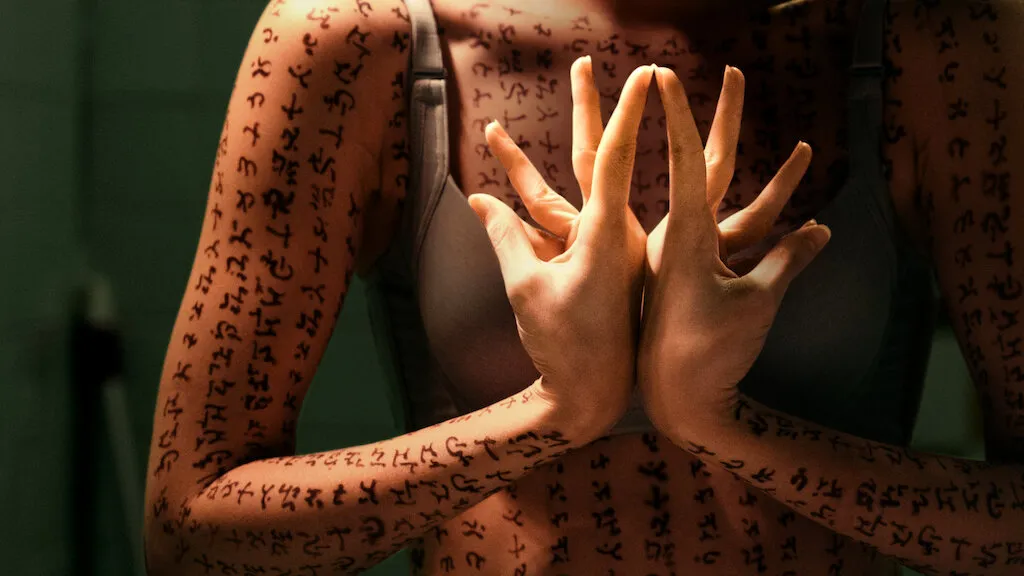
Incantation made the rounds on TikTok recently because it terrified people into believing that they were cursed just by watching it. The story is about a trio of ghost hunters in Taiwan who enter a sealed off religious shrine built to honor a deity known as Mother Buddha. After two of the ghost hunters die mysterious deaths, the third is left to deal with the effects of a terrible curse. The film is terrifying because it knocks down the fourth wall with a sledgehammer, making viewers active participants in the terror.
Ju-on: The Grudge
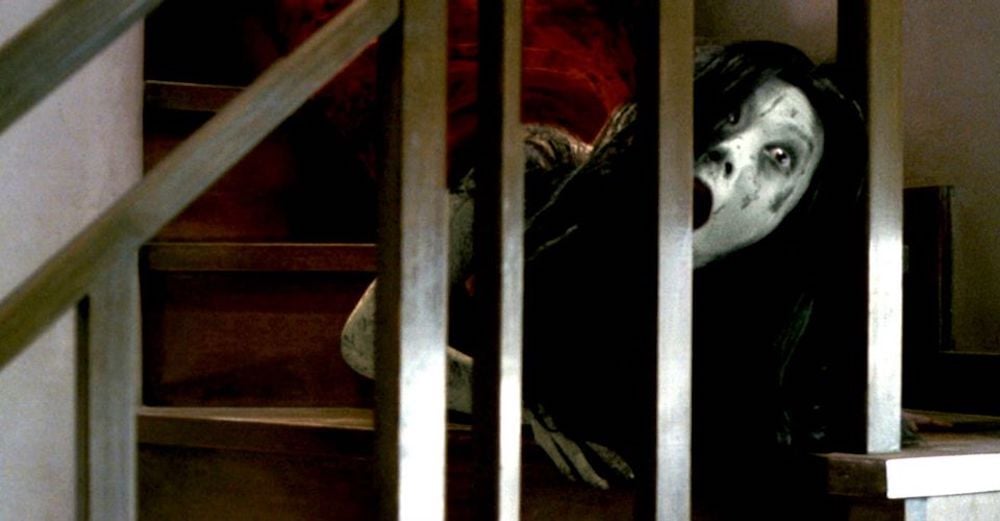
This modern classic is often hailed as the greatest piece of J-horror ever made. Ju-on is the story of a cursed house and the unfortunate events that befall anyone who enters it. The story is told in nonlinear fashion, and all the film’s characters deal with the effects of the curse at different times. Ju-on opens with a social worker checking on an elderly woman who lives in the house alone, but after the social worker begins seeing ghostly visions of a murdered mother and son, she flees the house in terror. Unfortunately for her, some curses you are not able to outrun.
Ringu
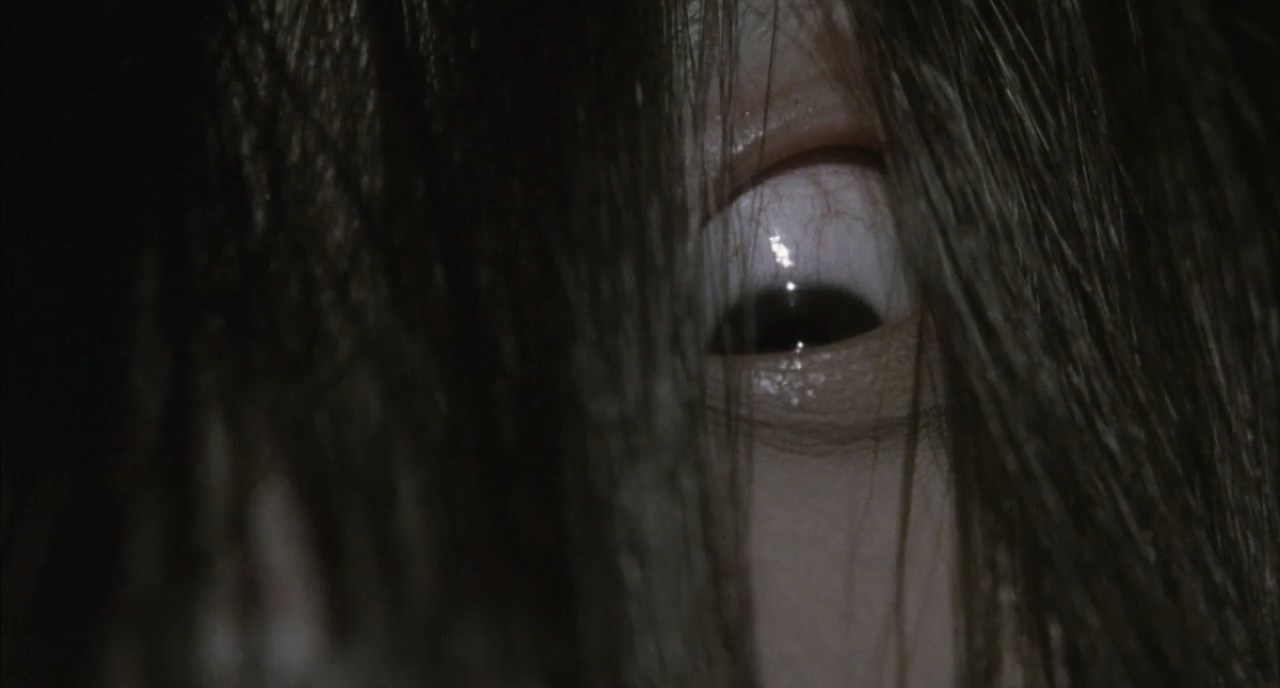
The OTHER modern J-horror classic, Ringu is locked in an endless battle with Ju-on to determine which shall be crowned the Greatest East Asian Horror Movie of All Time. (They were also locked in actual battle in the crossover film Sadako vs. Kayako). This film is so famous that I’m sure you know the plot already, but here goes anyway: Ringu is about a cursed video tape. Anyone who watches the tape will die in seven days. When a young woman and her friends are killed one week after watching the tape, a journalist named Reiko begins to investigate their deaths. After watching the tape herself, she realizes she has only seven days to figure out a way to survive!
Dark Water
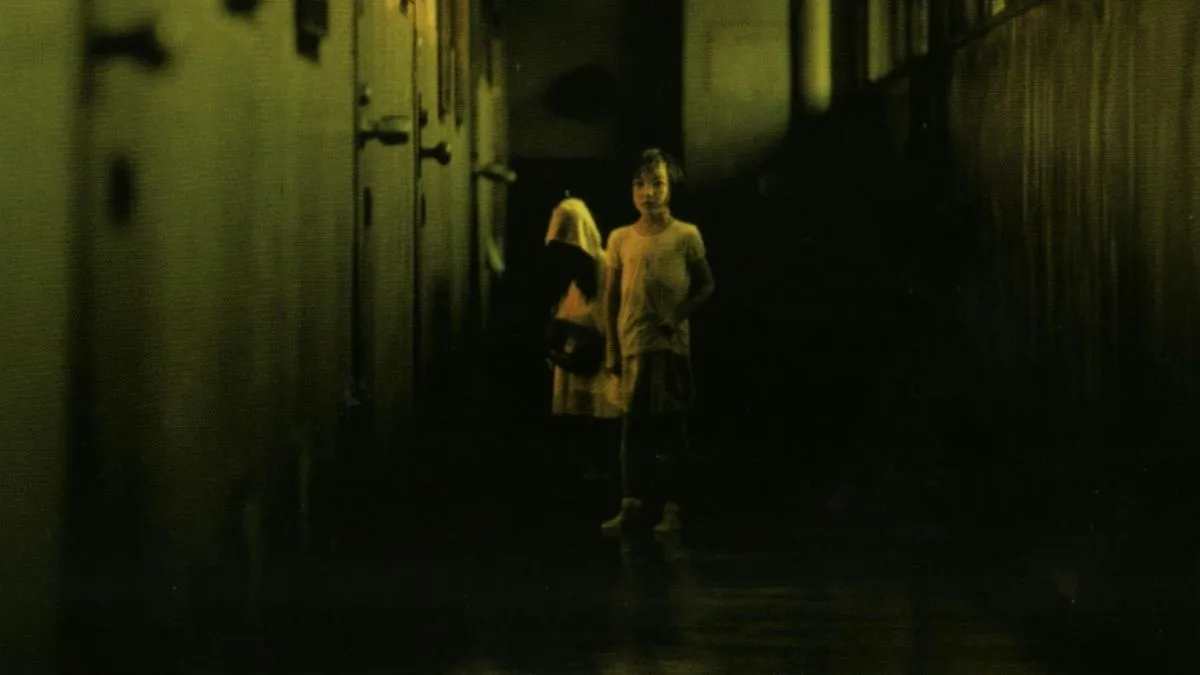
Dark Water is about a recently divorced mother named Yoshimi who moves into a run down apartment building with her young daughter. As soon as they settle in, spooky things start happening. Water drips from the ceiling, the elevator breaks down, and a mysterious red bag begins appearing in different places. Sounds like a regular shitty apartment building, right? Well, it would be, if a young girl hadn’t gone missing in the building before. Will Yoshimi solve the mystery of the disappearance and save her daughter from the ghostly presence? Or will she go mad first?
Perfect Blue
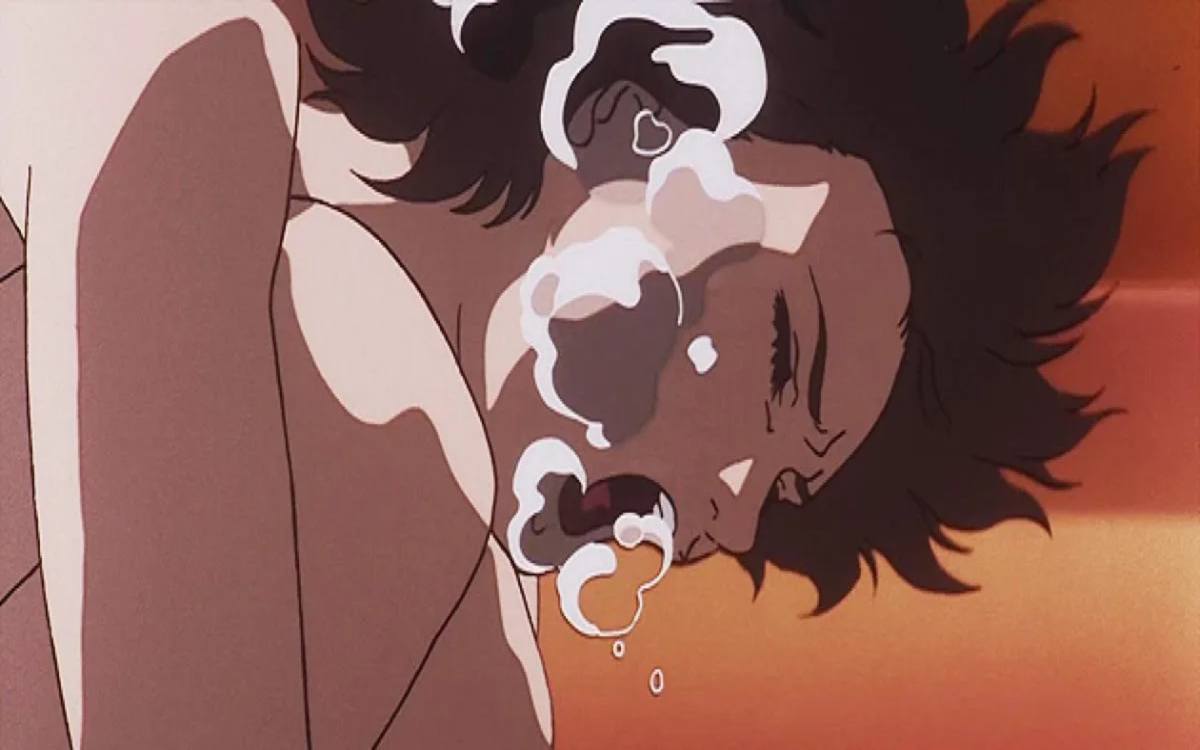
Just because Satoshi Kon’s Perfect Blue is animated don’t mean that the story ain’t real enough to jump out and get’cha. Perfect Blue centers around a young Japanese pop idol who is attempting to transition her career into acting in films. As if dealing with the underbelly of the entertainment industry is horrifying enough, the girl soon finds herself to be the target of a deranged stalker who is gearing up to make an attempt on her life. But who could it be? A crazed fan? A psychopathic industry executive? An alternate part of her personality? Good guess with that last one, but no.
Gonjiam: Haunted Asylum
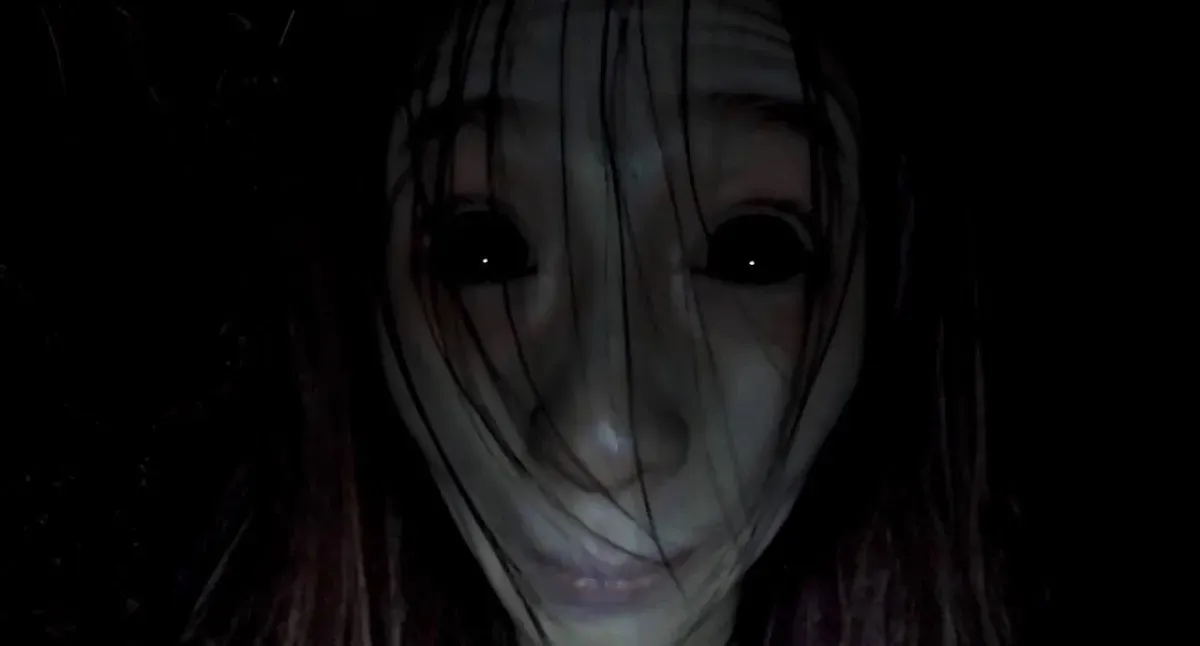
Gonjiam: Haunted Asylum began making its rounds on the internet soon after its release, with fans saying that it’s one of the scariest K-horror titles in recent memory. The plot concerns a group of amateur ghost hunters who make the totality well informed and rational decision to attempt to find evidence of the paranormal in an infamous abandoned mental asylum. They end up finding exactly what they were searching for. I could live my life without ever meeting the lady in the above picture and die happy, a shame these ghost hunters can’t say the same.
Audition

Tadashi Mike’s audition is not only one of the greatest J-horror films ever made, but it arguably one of the greatest horror films of all time. The story is about a middle-aged man who comes up with the totally not creepy idea of holding “auditions” for the “role” of his new wife. His casting prayers are answered with the arrival of a charming but mysterious young woman. Things quickly take a turn for the murdery when we realize why the woman signed up for the audition in the first place. Shockingly, it wasn’t for love. It was for revenge.
A Tale of Two Sisters
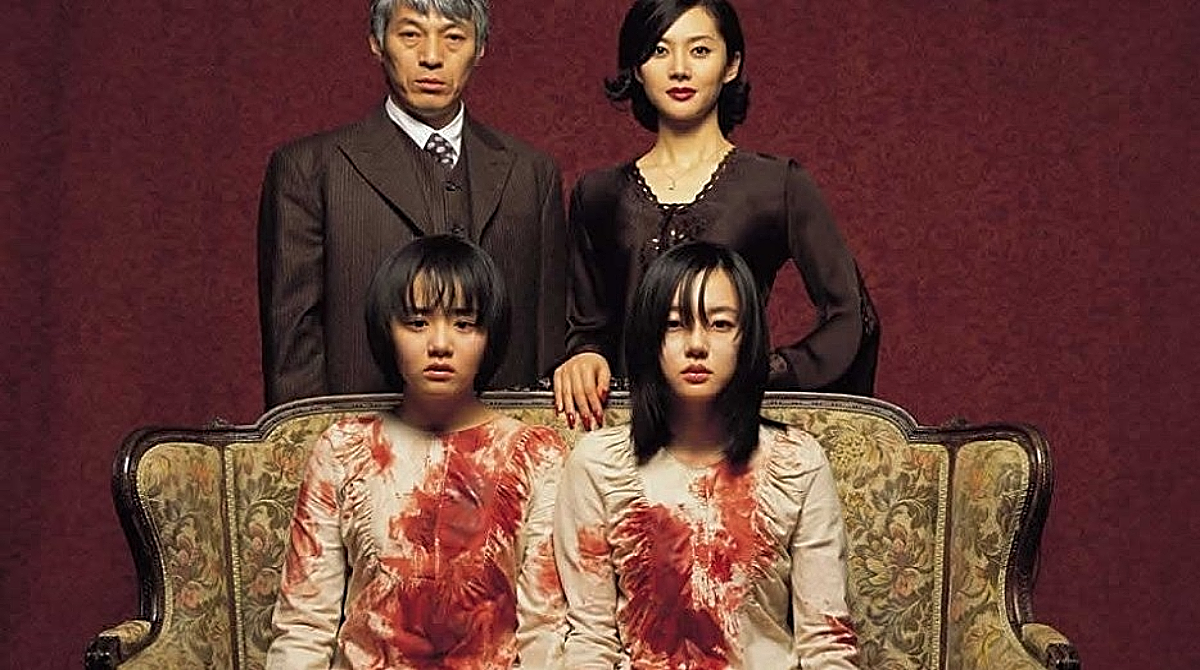
No. No. NO. I learned every lesson I needed to learn about creepy little girls covered in blood from The Shining. DON’T MAKE ME GO THROUGH THIS HORROR AGAIN. Kim Jee-woon’s A Tale of Two Sisters revolves around (surprise) two sisters who return home from a stay at a mental institution after their mother’s death. They move back in with their father, who has remarried. Unfortunately for the little girls, their stepmother hates their guts. But why? What could she have against these kids? How did their mother die? Just what is going on here?
Bedevilled
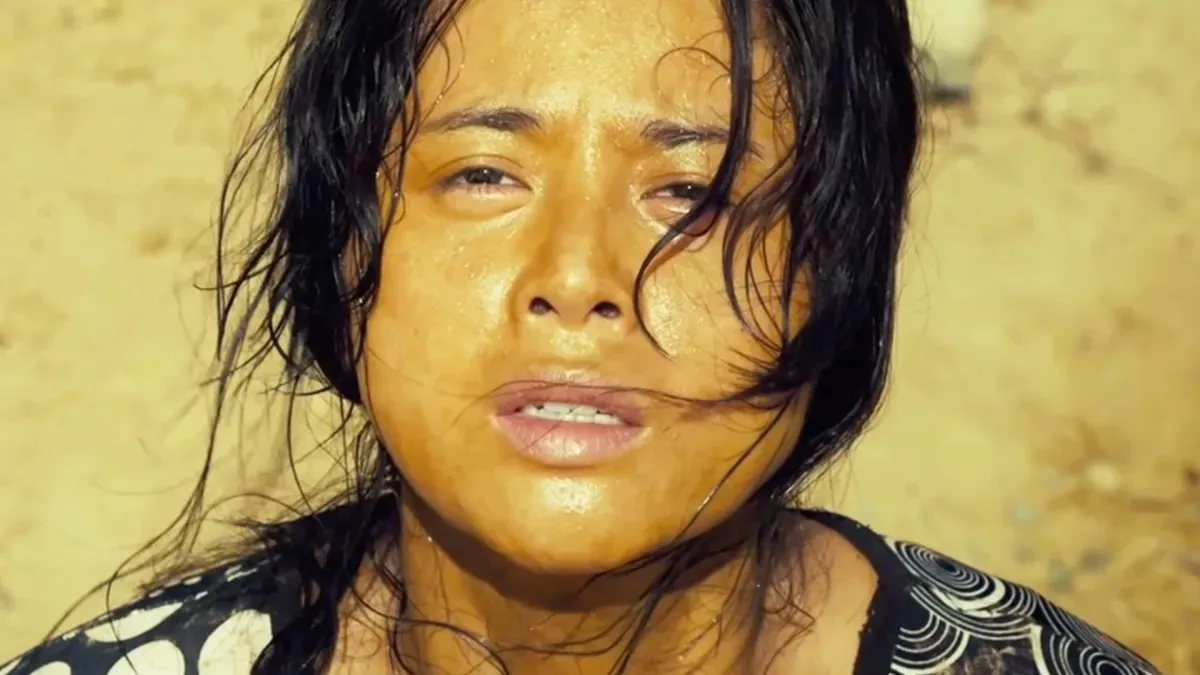
Jang Cheol-soo’s Bedevilled is a testament to the fact the no one is safe from horror no matter where you live! Even if it’s on a secluded little island! In fact, a secluded little island might just be the WORST place you can go to avoid spooky business. Hae-won from Seoul is about to find that out the hard way. After being separated from her childhood best friend Bok-Nam, Hae-won decides to visit her pal on a small island for a vacation. She soon discovers that Bok-Nam is the victim of extreme abuse from both her spouse and the rest of the island’s inhabitants. Eventually, Bok-Nam reaches a breaking point and decides to solve her problems for herself. With therapy? A restraining order? Close… with sharp farming implements.
(featured image: Netflix / Magnolia Pictures / Toho / Aniplex of America)
Have a tip we should know? [email protected]
